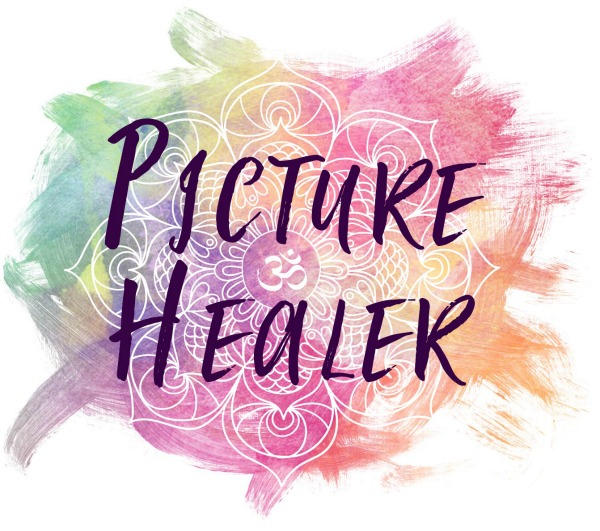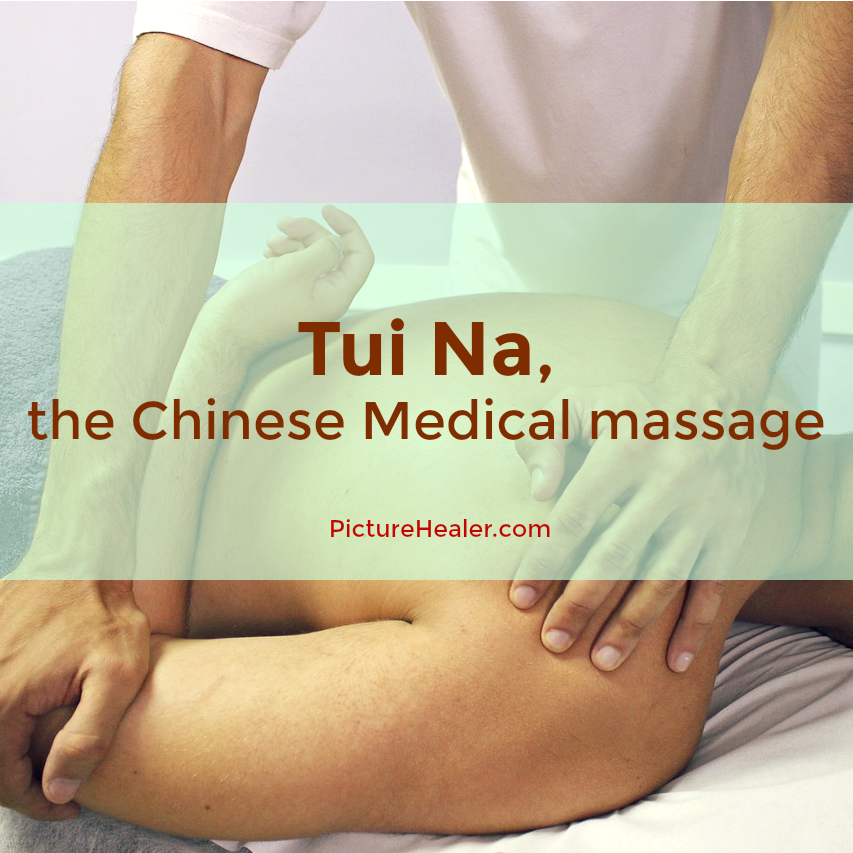Tui Na, the Chinese Medical Massage
/By Robert Wulforst
Tuī Ná (Push and Seize - 推拿), or Chinese Massage, is one of the oldest forms of treatment within Traditional Chinese Medicine. It utilizes Acupuncture points and channels to ease the flow of Qì (氣) and blood through the body. It also helps render treatment to young children and those who dislike Acupuncture needles.
Generally speaking, massage as a treatment for an illness isn’t as silly as it sounds. For example, babies tend to get colicky after eating and they start to cry, their stomach upset from swallowing air. What do you do? You put them over your shoulder and pat their back, helping them to burp. It seems like a simple thing to do, and logical as your parents did it for you, but it’s massage used to treat a problematic condition.
Also, as with any type of massage, it helps break up tough muscle fiber and increase blood circulation in the body. As opposed to cupping discussed in the last article, Tuī Ná happens to be stronger and more controllable. While Cupping just stays over a specific point or moved up and down over an area (channel), Tuī Ná has different techniques that are used depending on the muscle. There’s kneading, rubbing, rolling, pressing, patting, rubbing, and shaking, among others. Traditionally, bone adjustment is part of the Tui Na, but now we leave those to western doctors with X ray and advanced equipment.
Tui Na treatment process
When visiting a TCM (Traditional Chinese Medicine) practitioner for Tuī Ná, they will first ask what’s bothering you and follow up with a series of 10 questions. Then, they will examine your tongue and feel your pulse. This is completely normal, as it is part of their diagnosis routine. It just gives them a better insight to your issue and how best to use Tuī Ná techniques. For example, if the person feels weak, it’s not a good idea to do a very strong massage on them.
Developed for quick treatment, you don’t need to remove all your clothing for Tuī Ná. Strangely, many people I first treated were disappointed by this! Oils and salves really weren’t used except if there was bruising, which we would apply Diē Dǎ Jiǔ (Impact Wine - 跌打酒) or another type of stagnation clearing medicine. The massage itself would only last about 15 minutes as well, depending on the severity of the condition. Many people want more than just 15 minutes of treatment though.
Does Tui Na work? The flaw of research
Massage “feels good” when you have contact with another person. It gives you an increased state of well-being and makes you feel better, no matter how bad you are feeling. However, there are people who just don’t want to be touched at all, no matter what. Unfortunately, these preferences tend to skew the results of research done into the effectiveness of massage/Tuī Ná in general.
How can you measure how effective massage is if the people your treating doesn’t like to be touched? How can you measure how effective massage is if someone magically feels better after just 5 minutes? Everyone’s body and their sensitivity are different. It’s very hard to scientifically measure effectiveness unless everyone is the “same” way. We all do not have the same body type, size, age, weight, demeanor, personality, etc.
Basically, by stimulating certain acupuncture points and channels, body re-balance itself. Qi and blood start flowing smoothly again.
Self Tui Na on "Wind Pool" (acupuncture point GB21) for headache and stress
You may not have a TCM practitioner easily available if you want to try Tuī Ná, but that’s okay! You can do Tuī Ná by yourself. Here are a few instructions on how to massage Fēng Chí (Gallbladder 20: Wind Pool -風池):
1 – With your palms facing toward you, interconnect your fingers. Make sure your thumbs are facing upward.
2 – Take your hands and place them behind your head. Your thumbs will naturally come to rest in a depression on the side of your neck on both sides.
3 – Make kneading motions with your thumbs within the depression. You should feel some slight tenderness or soreness. Don’t massage too hard.
4 – Continue kneading for about 5 minutes.
This massage is good for relieving tension in the neck, headaches from tightness, blurry eyes from strain, or if you just want to do something to help you relax.
I hope you enjoyed this article and let us know if there are other aspects to Traditional Chinese Medicine you’d like us to discuss.







